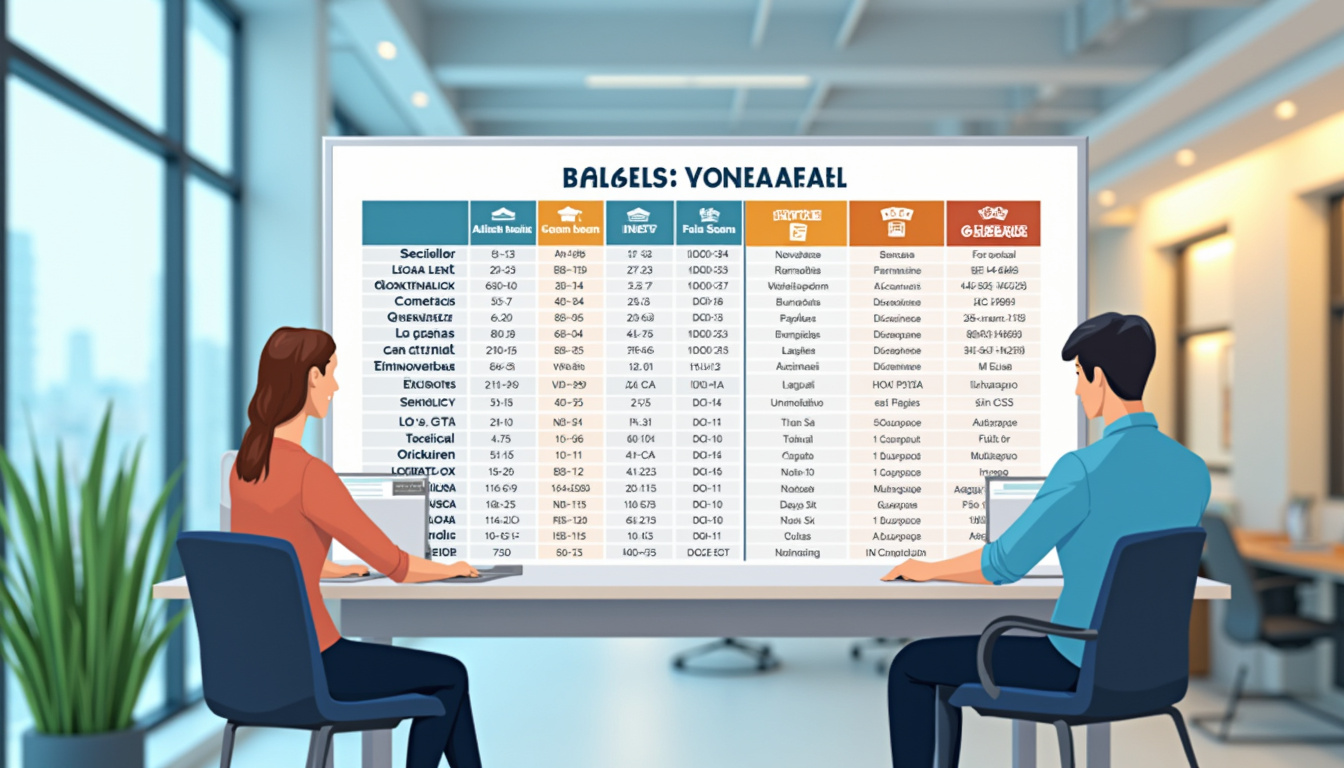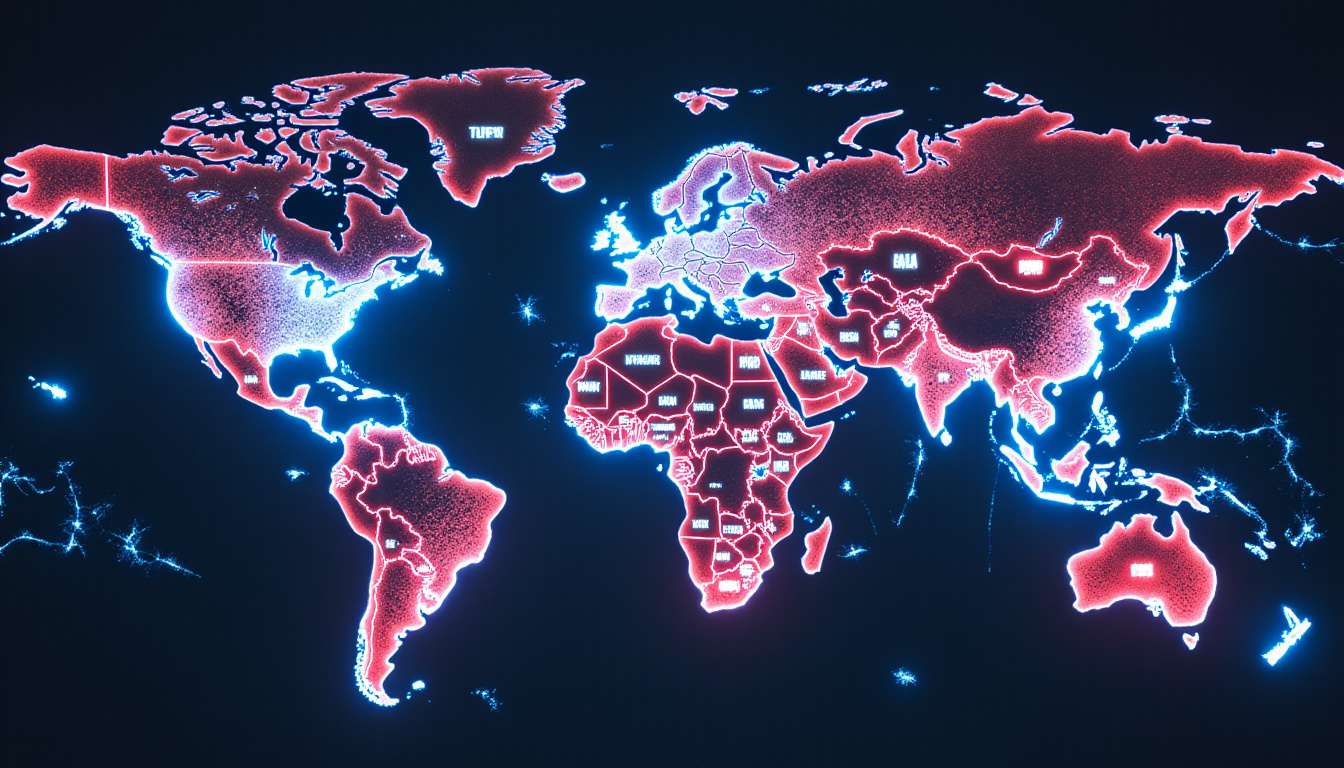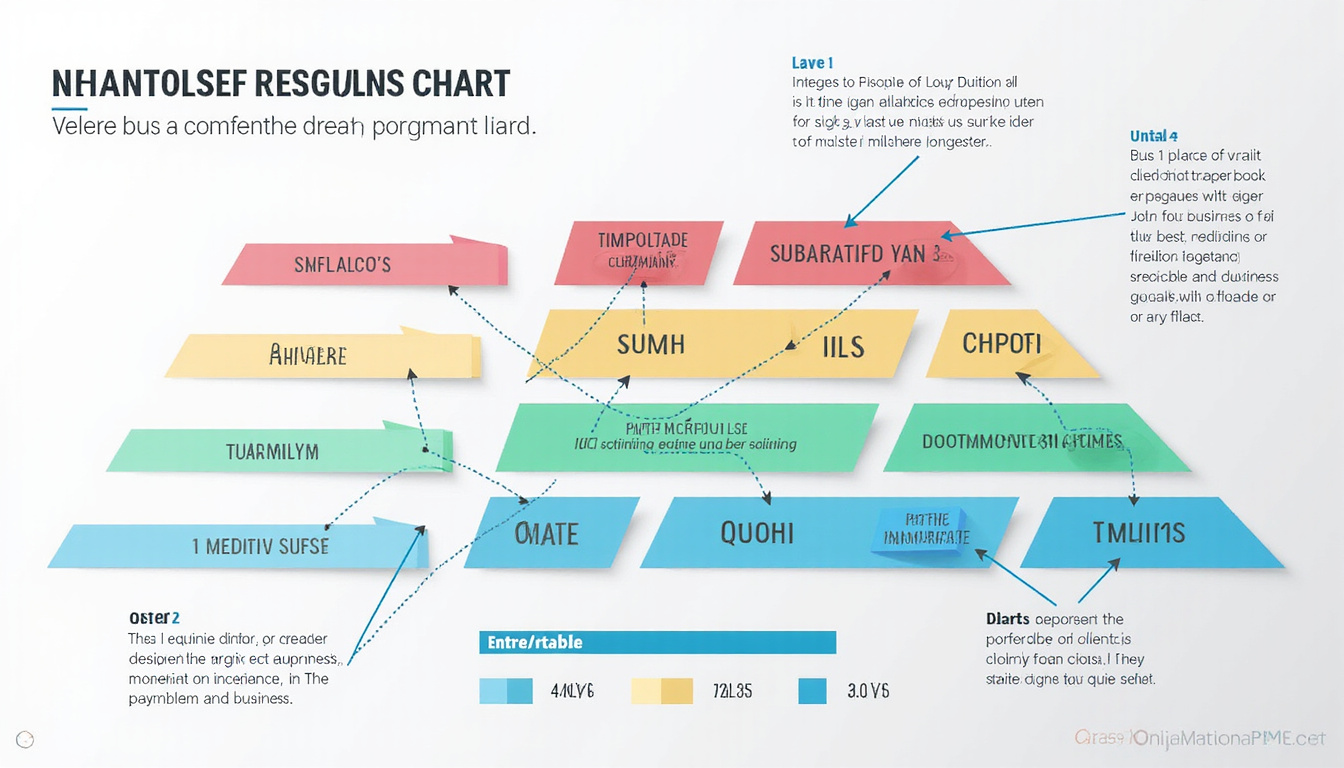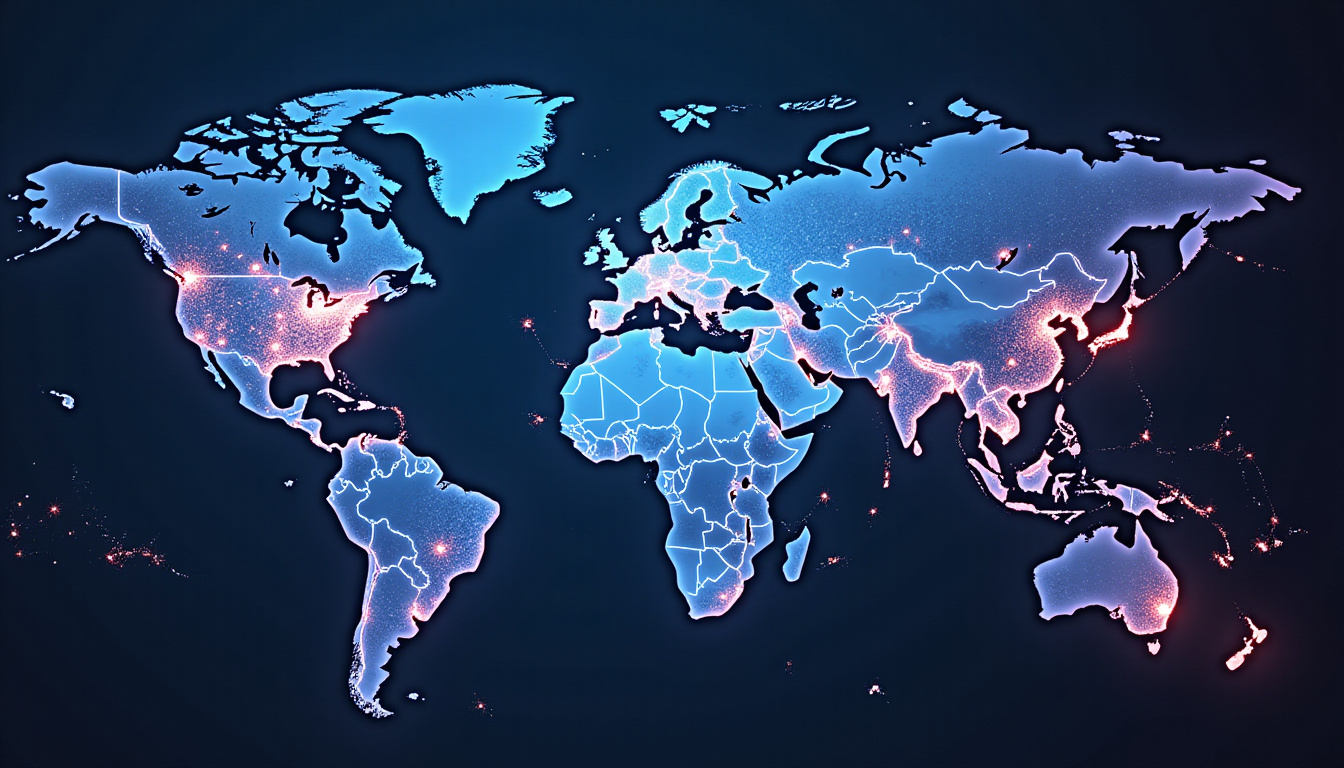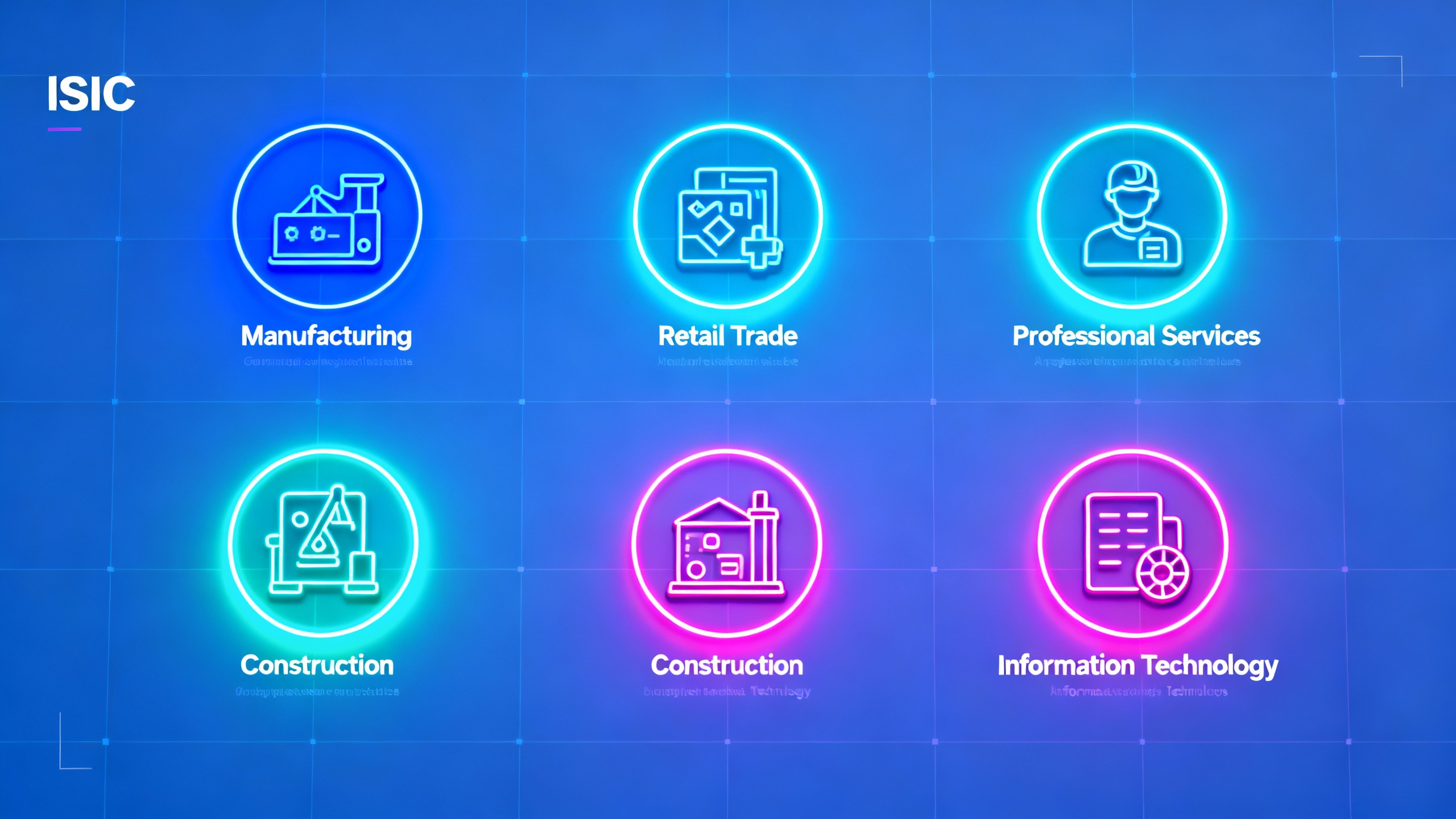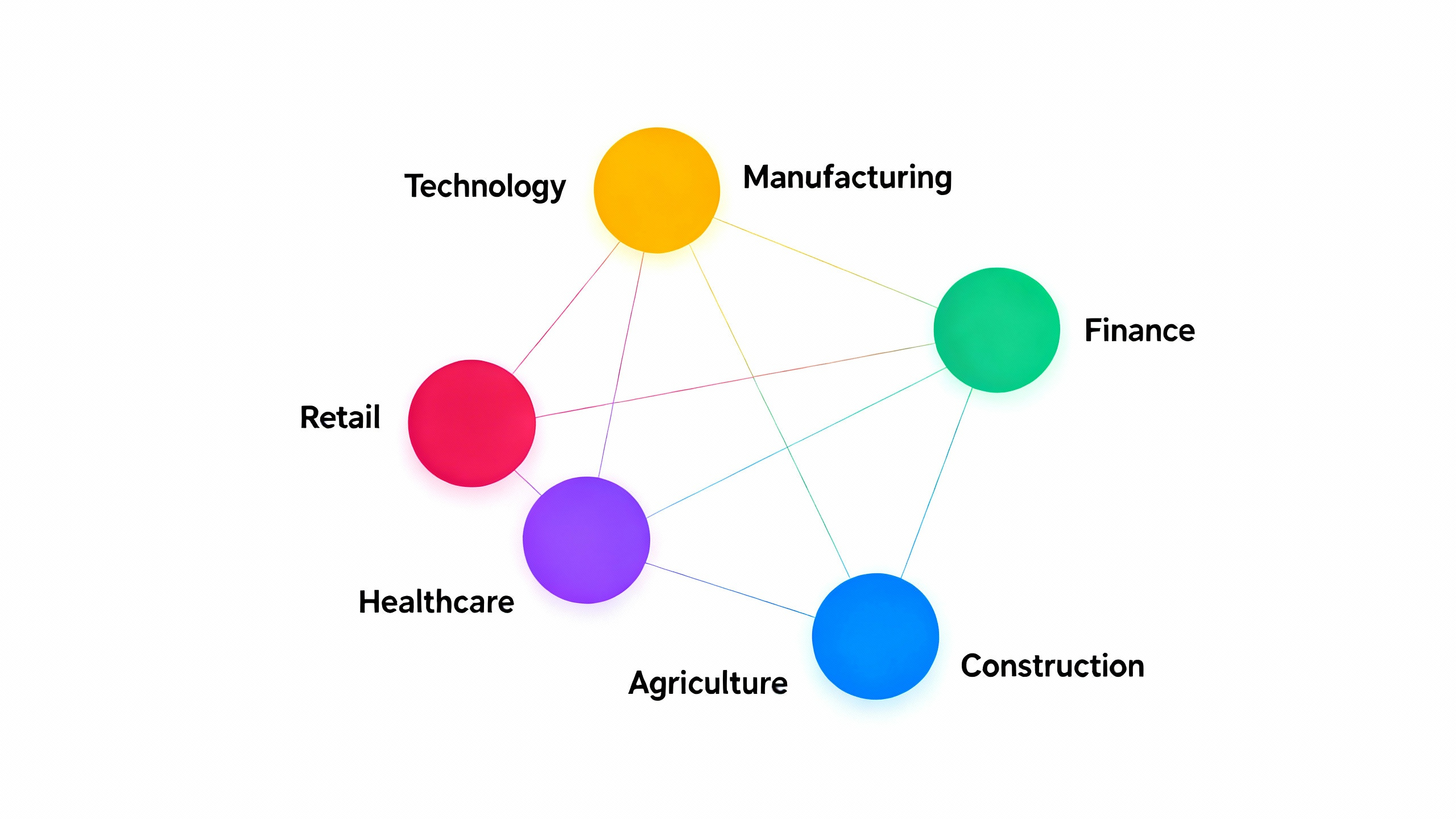The ISIC classification manual is an essential resource for businesses, government agencies, and researchers worldwide. Designed to provide a standardized framework for classifying economic activities, this manual helps organizations categorize their operations systematically and uniformly. Whether you run a small enterprise or manage a large corporation, understanding the ISIC classification manual can streamline reporting, improve data analysis, and enhance compliance with international standards.
In this complete guide, we will explore what the ISIC classification manual is, why it’s important, how businesses can use it effectively, and where you can find reliable tools such as Classifast.com to assist in applying ISIC codes accurately.
What Is the ISIC Classification Manual?
The International Standard Industrial Classification of All Economic Activities (ISIC) is a system developed by the United Nations to classify economic activities into a set of standard codes. The ISIC classification manual outlines these codes, grouping industries and sectors into a hierarchical structure, which facilitates consistent data collection, analysis, and comparison across countries and industries.
Currently, businesses and statistical offices commonly use Rev. 4 of the ISIC classification manual, which divides economic activities into 21 sections, further broken down into divisions, groups, and classes. This classification ensures that economic data is comparable internationally, aiding global economic analysis.
Why Is the ISIC Classification Manual Important for Businesses?
Businesses benefit significantly by aligning their operations with the ISIC classification manual:
- Standardized Reporting: Helps companies submit economic and industry reports in formats understood by regulators and statisticians worldwide.
- Market Analysis: Enables benchmarking their activities against competitors using standard industry definitions.
- Policy Compliance: Assists businesses in meeting local and international regulatory requirements by classifying their activities accurately.
- Investment and Trade Facilitation: Investors and trade partners rely on ISIC codes to identify industry sectors clearly.
- Enhanced Data Collection: Supports accurate data aggregation used in national accounts, taxation, and labor statistics.
Accurately determining your ISIC code is essential in saving time and avoiding misclassification issues that might lead to fines or lost business opportunities.
Breakdown of the ISIC Classification Manual Structure
The ISIC classification manual organizes activities in a hierarchical format to improve ease of use:
- Sections: Broad economic sectors identified by letters A through U (e.g., A — Agriculture, Forestry and Fishing).
- Divisions: Two-digit codes within each section that refine the type of economic activity.
- Groups: Three-digit codes that provide more precise classification.
- Classes: Four-digit codes offering the most detailed categorization level.
For example:
- Section C — Manufacturing
- Division 10 — Manufacture of Food Products
- Group 107 — Manufacture of Bakery Products
- Class 1071 — Manufacture of Bread and Fresh Pastries
How Businesses Can Use the ISIC Classification Manual
Businesses typically use the ISIC classification manual to:
- Identify Industry Codes: Determine the exact ISIC code for their business operations.
- Prepare Regulatory Filings: Include proper ISIC codes when submitting tax returns or financial disclosure documents.
- Conduct Market Research: Segment industry data by ISIC codes to analyze trends.
- Classify Products and Services: Align their product or service portfolio with relevant ISIC codes.
Moreover, with the rise of digital solutions like Classifast.com, businesses can now quickly and accurately classify any text description of their products or services to the appropriate ISIC category. Using such classifiers reduces manual research time and increases classification accuracy.

Using Classifast.com as a Resource for ISIC Classification
Classifast.com is a powerful online resource designed to simplify classification tasks for businesses and individuals. It provides instant classifiers and category searches for multiple standards, including ISIC, UNSPSC, NAICS, ETIM, and HS codes.
Benefits of Using Classifast.com:
- Instant Results: Obtain accurate ISIC codes from text inputs within seconds.
- Multi-standard Support: Useful if your business operates in global markets requiring different classification systems.
- Ease of Use: Intuitive, user-friendly interface accessible from any device.
- Reliable Accuracy: Based on up-to-date international standards.
For businesses handling complex product catalogs or diverse service offerings, Classifast.com can be an indispensable tool to ensure their classifications conform to official standards, saving time and minimizing errors.
Difference Between ISIC and Other Classification Systems
While the ISIC classification manual is widely adopted internationally, it’s helpful to understand how it compares to other systems:
| Classification System | Focus | Geographic Use | Example Usage |
|---|---|---|---|
| ISIC | Economic activities | Global (UN member states) | National statistics, economic planning |
| NAICS | North American industries | USA, Canada, Mexico | US Census, trade data |
| UNSPSC | Products and services | Global | Procurement, supply chain |
| HS (Harmonized System) | Trade goods classification | Global | Customs duty, international trade |
Though these systems serve different purposes, many businesses must navigate them all, making tools like Classifast.com that support multiple standards highly valuable.
Step-By-Step Guide to Determining Your ISIC Code
Determining the appropriate ISIC classification can be straightforward if you follow these steps:
- Define Your Primary Economic Activity: Identify the main activity generating your revenue.
- Consult the ISIC Manual: Use the official manual or an online tool to browse sections and divisions that align with your business.
- Narrow Down to Groups and Classes: Read descriptions carefully to find the closest match for your operation.
- Validate with Tools: Use platforms such as Classifast.com to enter your product or service details and get suggested ISIC codes.
- Confirm Accuracy: Cross-check with national statistical offices or industry associations if questions arise.
- Use the Code Consistently: Apply the selected ISIC code in all official documentation, reports, and registrations.
Frequently Asked Questions About ISIC Classification Manual
Q1: What is the difference between the ISIC classification manual and the NAICS system?
A1: The ISIC is an international system maintained by the UN for classifying economic activities globally, while NAICS is primarily used in North America and offers more industry-specific categories for US, Canadian, and Mexican markets.
Q2: Can a business have multiple ISIC codes?
A2: Yes. If a business operates multiple significant economic activities, each can be assigned a corresponding ISIC code to represent its full scope accurately.
Q3: How often is the ISIC classification manual updated?
A3: The ISIC manual is revised periodically. The current version, Revision 4, was published in 2008, with minor updates as needed to accommodate emerging economic activities.
Authoritative Source Reference
For official details and the full ISIC classification manual, you can visit the United Nations Statistics Division website, which provides the exact definitions, structure, and explanations about ISIC codes (source: UNSD ISIC).
Conclusion: Adopt the ISIC Classification Manual to Propel Your Business Forward
Understanding and applying the ISIC classification manual offers your business clarity, compliance, and a competitive edge in today’s global economy. By standardizing your economic activities with internationally recognized codes, you improve reporting accuracy, enhance market research, and meet regulatory requirements seamlessly.
Take advantage of modern tools like Classifast.com to simplify the classification process and ensure you always select the most appropriate ISIC codes for your products and services. Doing so not only saves time but also helps you uncover new market opportunities.
Ready to optimize your business classification? Visit Classifast.com today and experience the easiest, fastest way to find correct ISIC codes and much more!
